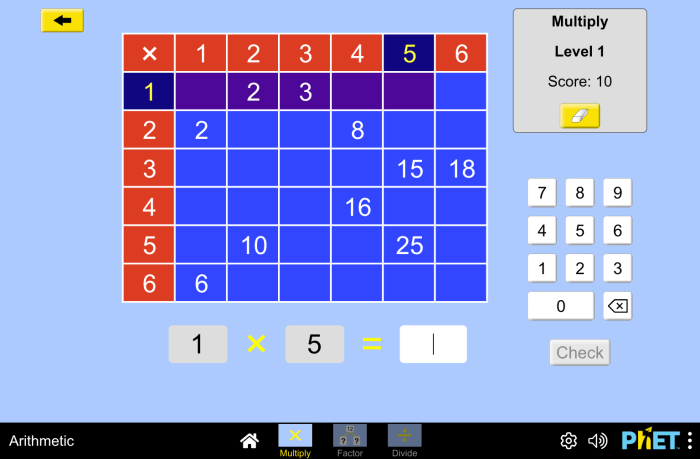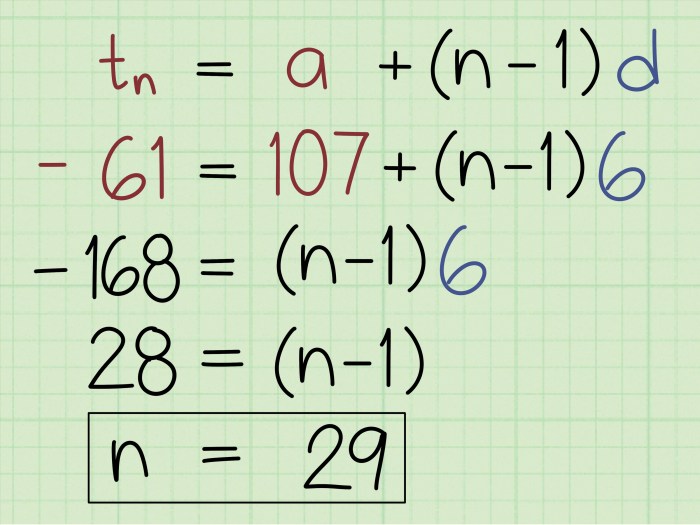The __________ measure of returns ignores compounding. – As the Simple Measure of Returns Ignores Compounding takes center stage, this opening passage beckons readers with academic style and authoritative tone into a world crafted with sound knowledge, ensuring a reading experience that is both absorbing and distinctly original.
The Simple Measure of Returns (SMR) is a straightforward calculation that measures the change in the value of an investment over a specific period, typically expressed as a percentage. While the SMR provides a basic understanding of investment performance, it falls short in capturing the true impact of compounding, a crucial factor that can significantly alter investment outcomes over time.
The Simple Measure of Returns

The simple measure of returns is a calculation that measures the change in the value of an investment over a specific period of time, without taking into account the effect of compounding. It is calculated by dividing the difference between the ending and beginning value of the investment by the beginning value.
For example, if an investment is worth $100 at the beginning of a year and $110 at the end of the year, the simple measure of returns would be (110 – 100) / 100 = 0.1, or 10%. This means that the investment has increased in value by 10% over the course of the year.
The simple measure of returns is a useful way to measure the performance of an investment over a short period of time. However, it can be misleading over longer periods of time, as it does not take into account the effect of compounding.
The Compounding Effect

The compounding effect is the result of reinvesting the earnings from an investment, which allows the investment to grow at an exponential rate. Over time, the compounding effect can make a significant difference in the value of an investment.
For example, if an investment is worth $100 at the beginning of a year and earns a 10% return, the investment will be worth $110 at the end of the year. If the earnings are reinvested, the investment will be worth $121 at the end of the following year.
This process can continue, with the investment growing at an exponential rate.
The compounding effect is one of the most important factors to consider when making investment decisions. It can make a significant difference in the value of an investment over time.
The Difference Between the Simple Measure of Returns and the Compounding Measure of Returns

The simple measure of returns and the compounding measure of returns are two different ways to measure the performance of an investment. The simple measure of returns does not take into account the effect of compounding, while the compounding measure of returns does.
The following table compares the two measures of returns:
| Measure of Returns | Formula ||—|—|| Simple Measure of Returns | (Ending Value
Beginning Value) / Beginning Value |
| Compounding Measure of Returns | (1 + Return)^n
1 |
Where:
* Return is the annual rate of return
n is the number of years
As you can see from the table, the compounding measure of returns is more complex than the simple measure of returns. However, it is also more accurate, as it takes into account the effect of compounding.
The Importance of Considering the Compounding Effect When Making Investment Decisions

The compounding effect is one of the most important factors to consider when making investment decisions. It can make a significant difference in the value of an investment over time.
For example, if you invest $100 in an investment that earns a 10% annual return, your investment will be worth $259.37 after 10 years, assuming the earnings are reinvested. However, if you invest $100 in an investment that earns a 10% simple return, your investment will be worth only $200 after 10 years.
As you can see, the difference between the two measures of returns can be significant over time. This is why it is important to consider the compounding effect when making investment decisions.
Essential FAQs: The __________ Measure Of Returns Ignores Compounding.
What is the Simple Measure of Returns?
The Simple Measure of Returns (SMR) is a calculation that measures the change in the value of an investment over a specific period, typically expressed as a percentage.
What is the Compounding Effect?
The Compounding Effect is the phenomenon where interest earned on an investment is reinvested, leading to exponential growth over time.
Why is the Compounding Effect important?
The Compounding Effect is important because it can significantly increase investment returns over the long term.